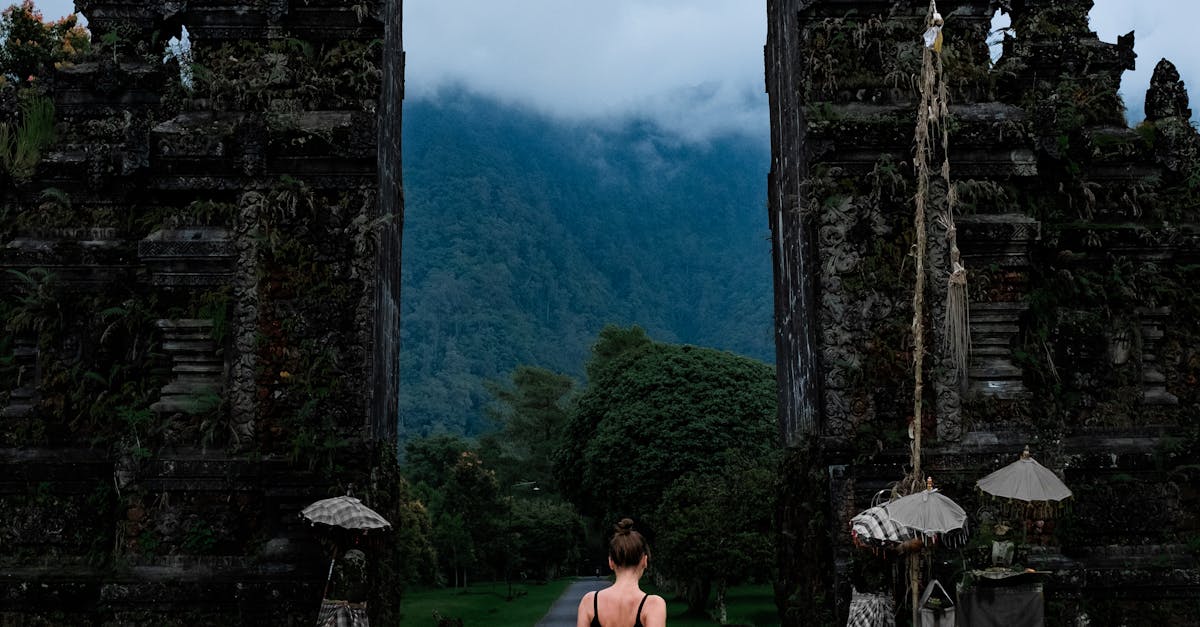
Architecture and Design of Traditional Balinese Villas
Table Of Contents
Balinese Villa Interior DesignIn addition to swimming pools, Jimbaran villas often boast game rooms equipped with various entertainment options such as billiards, table tennis, and board games. These spaces are ideal for family bonding, allowing parents and children to engage in friendly competitions and create lasting memories together. Outdoor sports facilities like tennis courts and basketball hoops are also available in some villas, catering to active families looking to stay active during their holiday.
Balinese villa interior design is a unique blend of traditional aesthetics and modern comfort. One of the defining features of these villas is the use of natural materials such as wood, stone, and thatch. The interior spaces are often open and airy, with abundant natural light streaming in through windows and skylights. This design approach allows for a seamless connection between the indoor and outdoor spaces, inviting guests to fully immerse themselves in the beauty of Bali's natural surroundings.Swimming Pools, Game Rooms, and Outdoor Sports Facilities
Traditional Balinese villas are characterized by intricate carvings and artworks that adorn the walls and ceilings. These decorative elements are often inspired by nature and Hindu mythology, reflecting the rich cultural heritage of the island. Balinese furniture is crafted by skilled artisans using techniques that have been passed down through generations, resulting in pieces that are not only beautiful but also functional. Textiles such as batik and ikat are commonly used to add pops of color and pattern to the interiors, creating a warm and inviting atmosphere for residents and visitors alike.When it comes to recreation and entertainment, Jimbaran villas stand out for their impressive array of facilities. Featuring sparkling swimming pools, inviting game rooms, and diverse outdoor sports facilities, these villas cater to families looking for a fun-filled stay.
Traditional Furniture and TextilesThe swimming pools provide a refreshing oasis for guests to unwind and enjoy the tropical Balinese sunshine. With sizes ranging from intimate plunge pools to expansive infinity pools overlooking the ocean, there is something for everyone. Additionally, game rooms equipped with a variety of entertainment options like board games, video game consoles, and table tennis tables offer hours of indoor fun for families. Outdoor sports facilities such as tennis courts, basketball hoops, and even beach volleyball setups ensure that guests can stay active and engage in friendly competitions during their stay.
Do Jimbaran viThe evolution of Balinese villa design showcases a fascinating blend of traditional architecture with modern influences. Over the years, the traditional layout and construction techniques of Balinese villas have been preserved and passed down through generations. However, with the rise of tourism and luxury accommodation demands, there has been an integration of contemporary design elements to meet the needs of today's discerning travellers.llas provide 24/7 security?
One noticeable change in the evolution of Balinese villa design is the incorporation of modern amenities and technological advancements. While traditional villas focused on natural materials such as wood and thatch for construction, modern influences have introduced materials like concrete, steel, and glass to create a seamless fusion of old and new. Additionally, the layout of Balinese villas has evolved to include open-plan living spaces, larger windows for natural light, and innovative ways to incorporate sustainable practices in the overall design.Many Jimbaran villas offer 24/7 security and are located within secure gated complexes for added peace of mind.